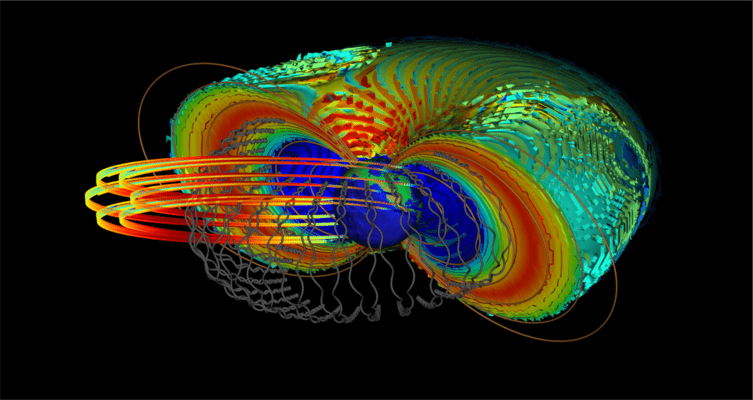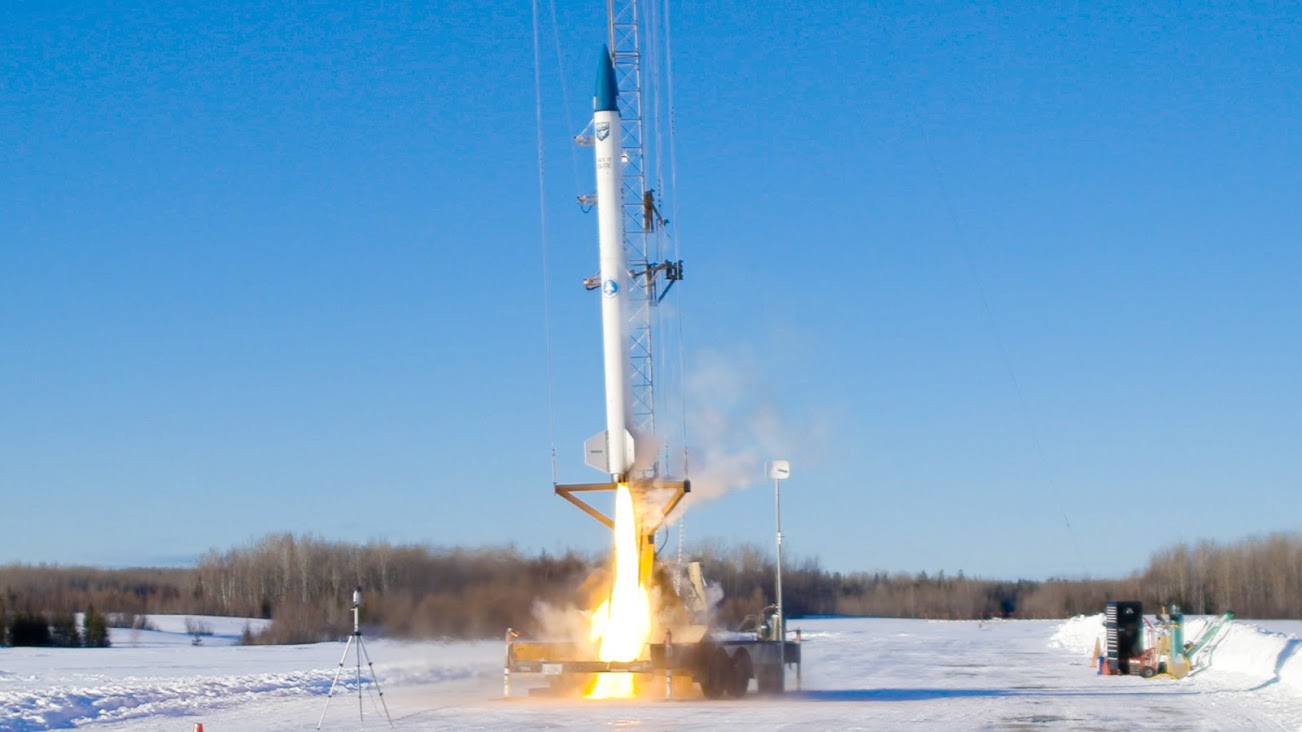Where is all the missing matter? That question has plagued astronomers for decades, because the Universe looks emptier than it should, given current theories about its makeup. Most of the Universe (70%) appears to be composed of Dark Energy, the mysterious force which is causing the Universe’s rate of expansion to increase. Another 25% of the Universe is Dark Matter, an unknown substance which cannot be seen, but has been theorized to explain the otherwise inexplicable gravitational forces which govern the formation of galaxies. That leaves Baryonic Matter – all the normal ‘stuff’ like you, me, the trees, the planets, and the stars – to make up just 5% of the Universe. But when astronomers look out into the sky, there doesn’t even seem to be enough normal matter to make up 5%. Some of the normal matter is missing!
Continue reading “A New Technique to Find Cold Gas Streams That Might Make up the Missing (Normal) Matter in the Universe”A New Supernova Remnant Found from an Exploding White Dwarf Star
Astronomers have spotted the remnant of a rare type of supernova explosion. It’s called a Type Iax supernova, and it’s the result of an exploding white dwarf. These are relatively rare supernovae, and astronomers think they’re responsible for creating many heavy elements.
They’ve found them in other galaxies before, but this is the first time they’ve spotted one in the Milky Way.
Continue reading “A New Supernova Remnant Found from an Exploding White Dwarf Star”Nearby Ancient Dwarf Galaxies Have a Surprising Amount of Dark Matter
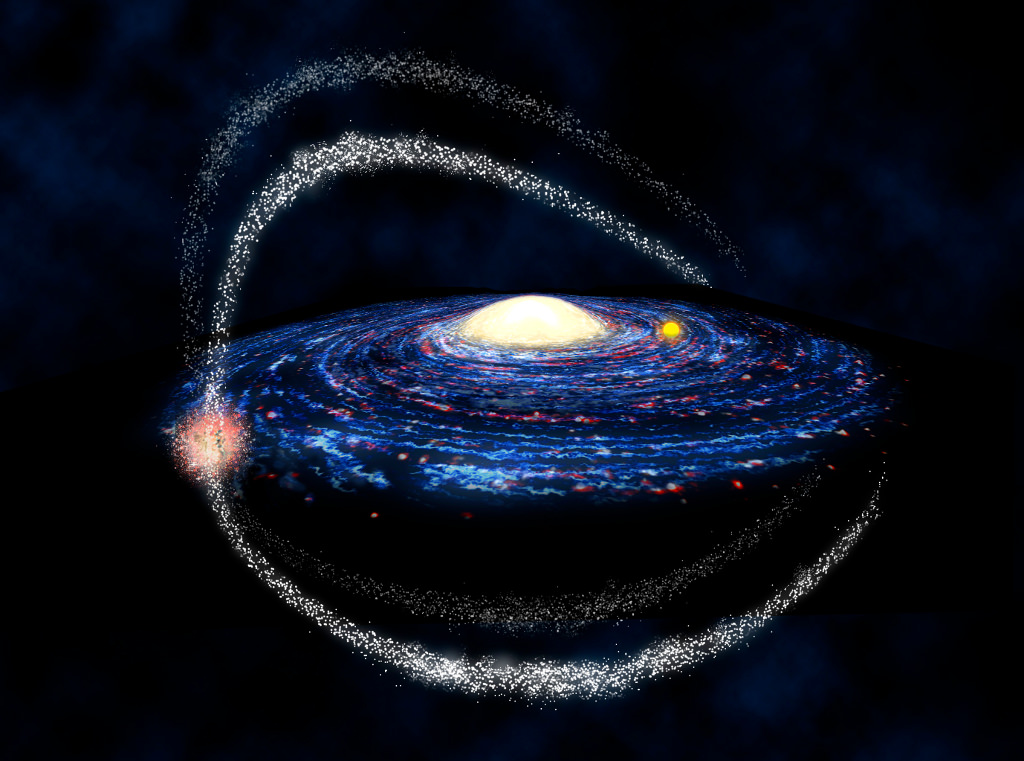
Around the Milky Way, there are literally dozens of dwarf galaxies that continue to be slowly absorbed into our own. These galaxies are a major source of interest for astronomers because they can teach us a great deal about cosmic evolution, like how smaller galaxies merged over time to create larger structures. Since they are thought to be relics of the very first galaxies in the Universe, they are also akin to “galactic fossils.”
Recently, a team of astrophysicists from the Massachusetts Institute of Technology (MIT) observed one of the most ancient of these galaxies (Tucana II) and noticed something unexpected. At the edge of the galaxy, they observed stars in a configuration that suggest that Tucana II has an extended Dark Matter halo. These findings imply that the most ancient galaxies in the Universe had more Dark Matter than previously thought.
Continue reading “Nearby Ancient Dwarf Galaxies Have a Surprising Amount of Dark Matter”What Are Extrasolar Planets?
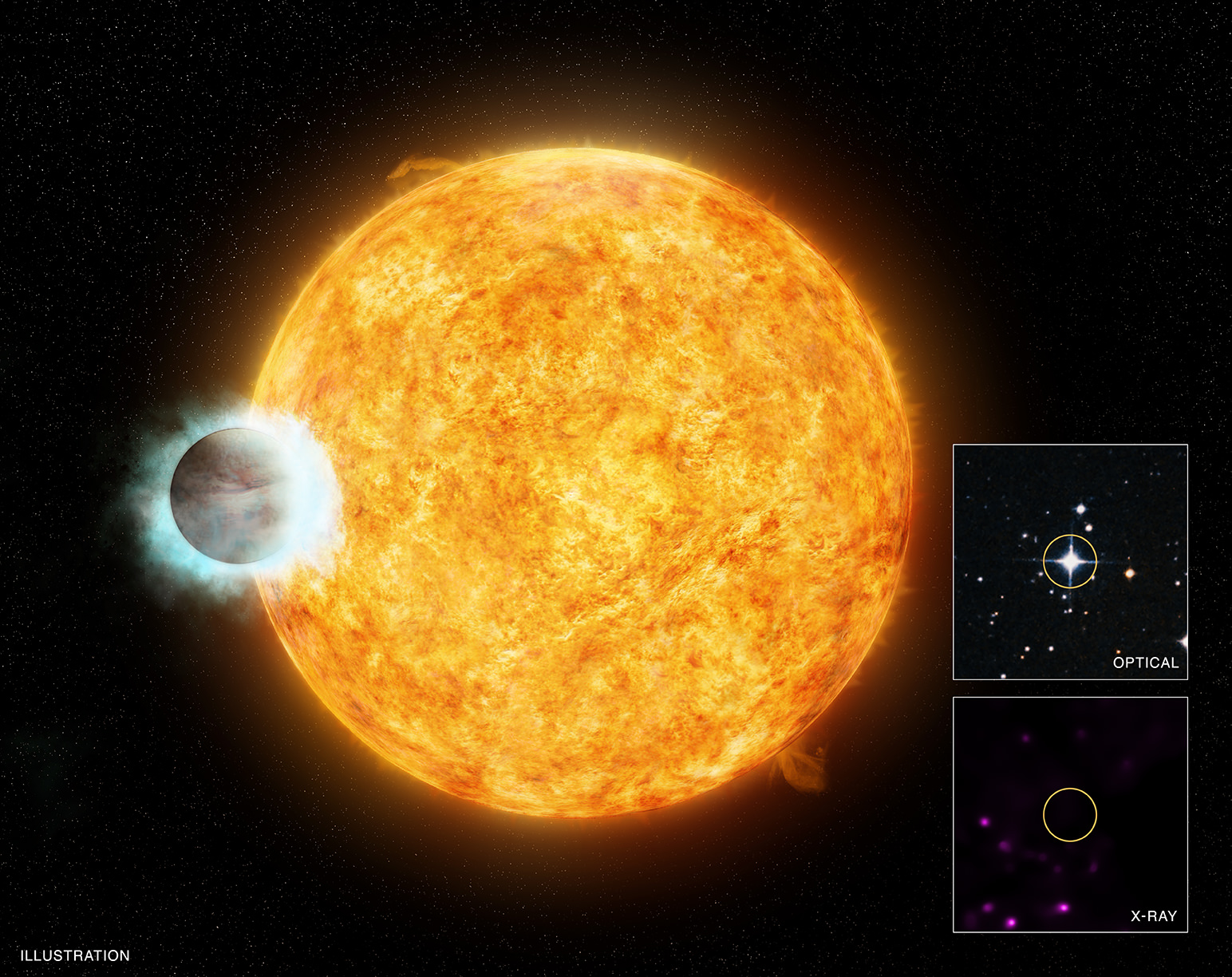
For countless generations, human beings have looked out at the night sky and wondered if they were alone in the Universe. With the discovery of other planets in our Solar System, the true extent of the Milky Way galaxy, and other galaxies beyond our own, this question has only deepened and become more profound.
And whereas astronomers and scientists have long suspected that other star systems in our galaxy and the Universe had orbiting planets of their own, it has only been within the last few decades that any have been observed. Over time, the methods for detecting these “extrasolar planets” have improved, and the list of those whose existence has been confirmed has grown accordingly (over 4000 and counting!)
Continue reading “What Are Extrasolar Planets?”Electrons Can Get Accelerated to Nearly the Speed of Light As They Interact With the Earth’s Magnetosphere
Electrons serve many purposes in physics. They are used by some particle accelerators and they underpin our modern world in the silicon chips that run the world’s computers. They’re also prevalent in space, where they can occasionally be seen floating around in a plasma in the magnetospheres of planets. Now, a team from the German Research Centre for Geosciences (GFZ) lead by Drs Hayley Allison and Yuri Shprits have discovered that those electrons present in the magnetosphere can be accelerated up to relativistic speeds, and that could potentially be hazardous to our increasing orbital infrastructure.
Continue reading “Electrons Can Get Accelerated to Nearly the Speed of Light As They Interact With the Earth’s Magnetosphere”Astronomers Can Predict When a Galaxy’s Star Formation Ends Based on the Shape and Size of its Disk
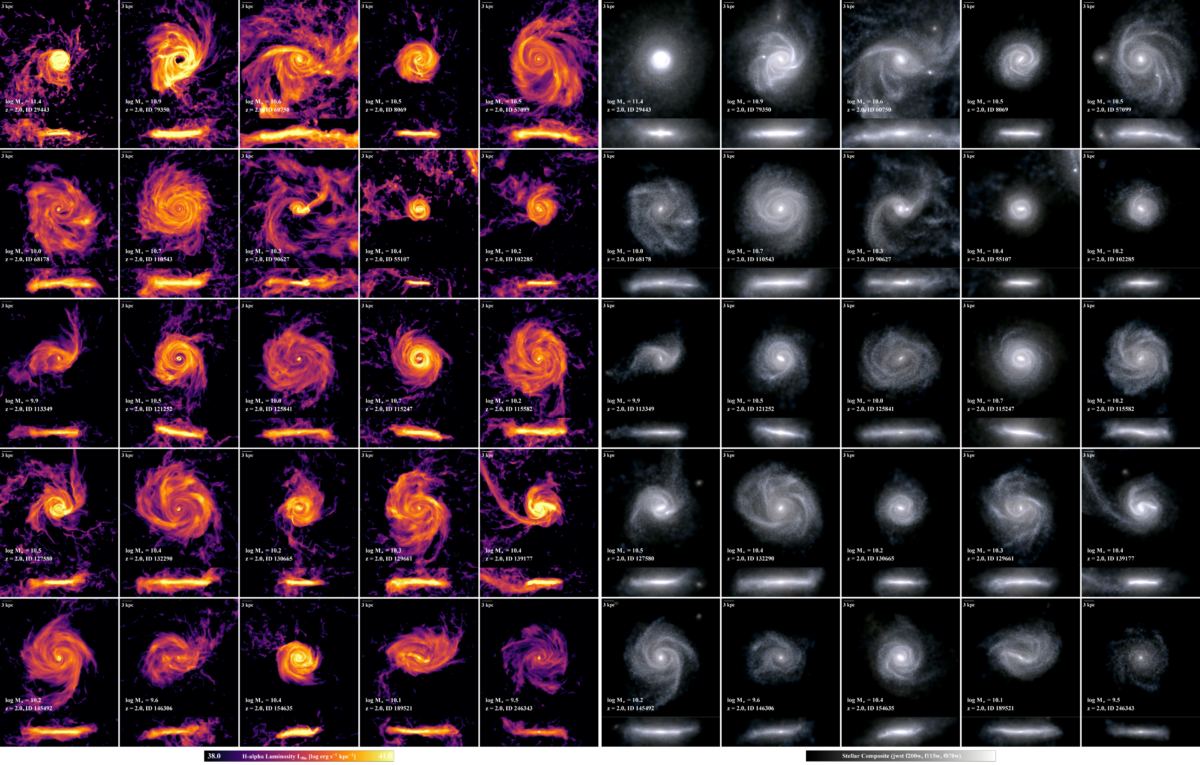
A galaxy’s main business is star formation. And when they’re young, like youth everywhere, they keep themselves busy with it. But galaxies age, evolve, and experience a slow-down in their rate of star formation. Eventually, galaxies cease forming new stars altogether, and astronomers call that quenching. They’ve been studying quenching for decades, yet much about it remains a mystery.
A new study based on the IllustrisTNG simulations has found a link between a galaxy’s quenching and its stellar size.
Continue reading “Astronomers Can Predict When a Galaxy’s Star Formation Ends Based on the Shape and Size of its Disk”SLS Will be Tested Again in About 3 Weeks
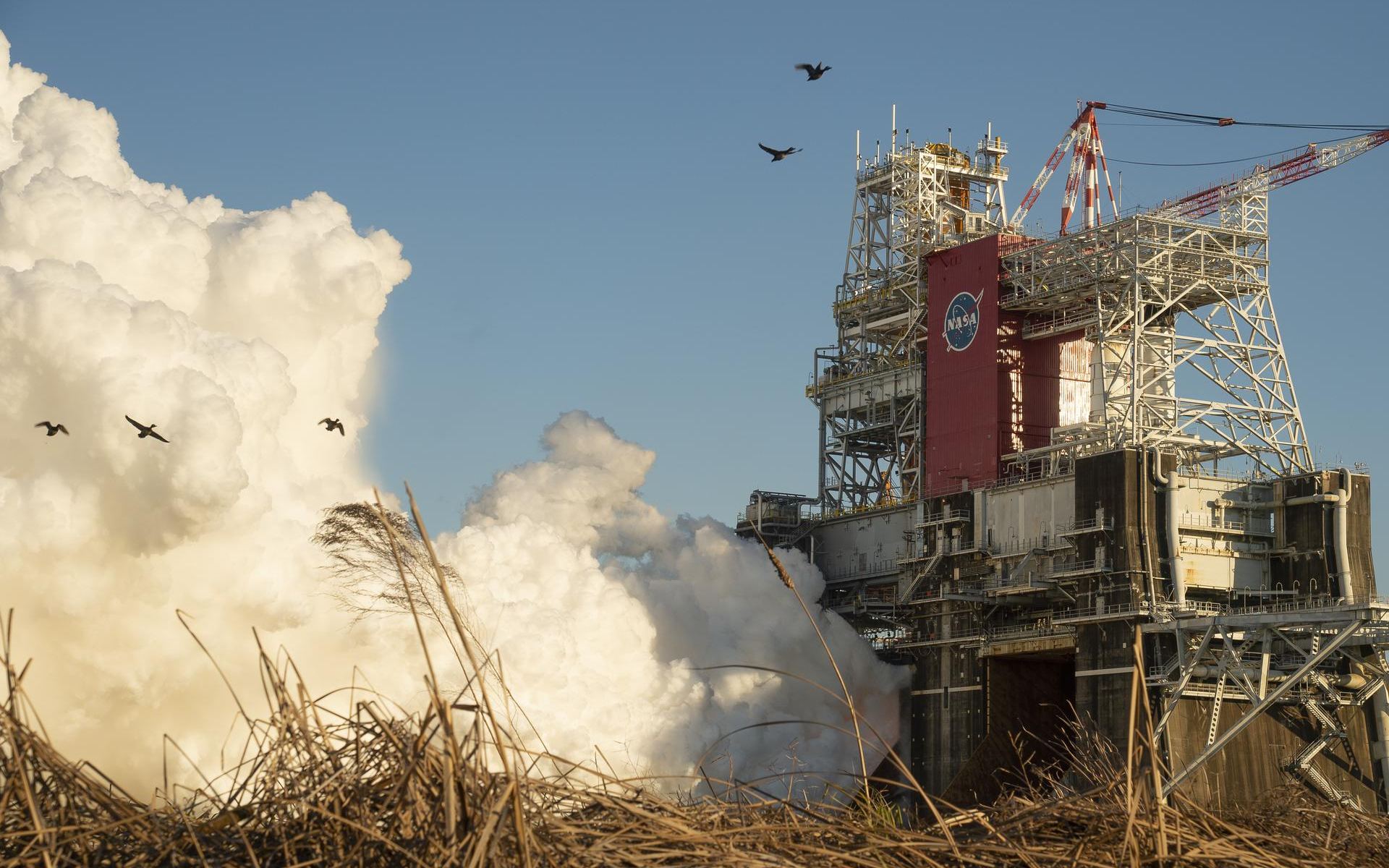
In November of 2021, NASA will embark on a new era of space exploration as they make the inaugural launch of the Space Launch System (SLS). When it enters service, this booster will be the most powerful rocket since the Saturn V, which took the Apollo astronauts to the Moon. This is fitting since the SLS will be the rocket returning astronauts to the Moon by 2024 (as part of Project Artemis).
To get the SLS ready for its first launch, NASA has been running the Core Stage through a series of tests designed to test all the systems and components of the heavy-launch system – collectively known as a “Green Run.” The next step in this process will be a second Green Run Hot Fire Test, where all four RS-25 engines on the SLS Core Stage will fire at once to show they can operate as part of a single integrated system.
Continue reading “SLS Will be Tested Again in About 3 Weeks”BluShift Aerospace Launches Stardust 1.0 Rocket
Maine-based BluShift Aerospace launches of a unique rocket from a Cold War Air Force base.
A small company took a major step towards the reality of a ‘Spaceport Maine’ this past weekend. After several attempts, the Maine-based company BluShift Aerospace successfully launched its first rocket from Loring Commerce Center in Northern Maine this past weekend, with the liftoff of Stardust 1.0.
The day dawned clear, but a chilly -14 degrees Fahrenheit (-26 degrees Celsius). The launch of the single-stage 20-foot high Stardust 1.0 rocket went off at 2:47 PM Eastern Standard Time (EST)/19:47 Universal Time (UT) on Sunday, January 31st, reaching an apogee of 4,054 feet (1,236 meters). For the first launch, the rocket was actually purposely under-fueled to stay under FAA time and height restrictions for amateur rocketry, though the company has big plans for Stardust and a new generation of rockets, leading up to orbital launches from Maine in coming years.
Continue reading “BluShift Aerospace Launches Stardust 1.0 Rocket”When Galaxies Collide, Black Holes Don’t Always Get the Feast They Were Hoping for

What happens when galaxies collide? Well, if any humans are around in about a billion years, they might find out. That’s when our Milky Way galaxy is scheduled to collide with our neighbour the Andromeda galaxy. That event will be an epic, titanic, collision. The supermassive black holes at the center of both galaxies will feast on new material and flare brightly as the collision brings more gas and dust within reach of their overwhelming gravitational pull. Where massive giant stars collide with each other, lighting up the skies and spraying deadly radiation everywhere. Right?
Maybe not. In fact, there might be no feasting at all, and hardly anything titanic about it.
Continue reading “When Galaxies Collide, Black Holes Don’t Always Get the Feast They Were Hoping for”A Sunlike Star Found With Four (No, Five!) Exoplanets Orbiting It

In just nine months (October 31st, 2021), NASA’s long-awaited James Webb Space Telescope (JWST) will finally be launched to space. Once operational, this next-generation observatory will use its powerful infrared imaging capabilities to study all kinds of cosmological phenomena. It will also be essential to the characterization of extrasolar planets and their atmospheres to see if any are habitable.
In anticipation of this, astronomers have been designating exoplanets as viable candidates for follow-up studies. Using data from the Transiting Exoplanet Survey Satellite (TESS), an international team led by MIT researchers discovered four new exoplanets orbiting a Sun-like star about 200 light-years from Earth. This system could be an ideal place for James Webb to spot a habitable planet.
Continue reading “A Sunlike Star Found With Four (No, Five!) Exoplanets Orbiting It”


